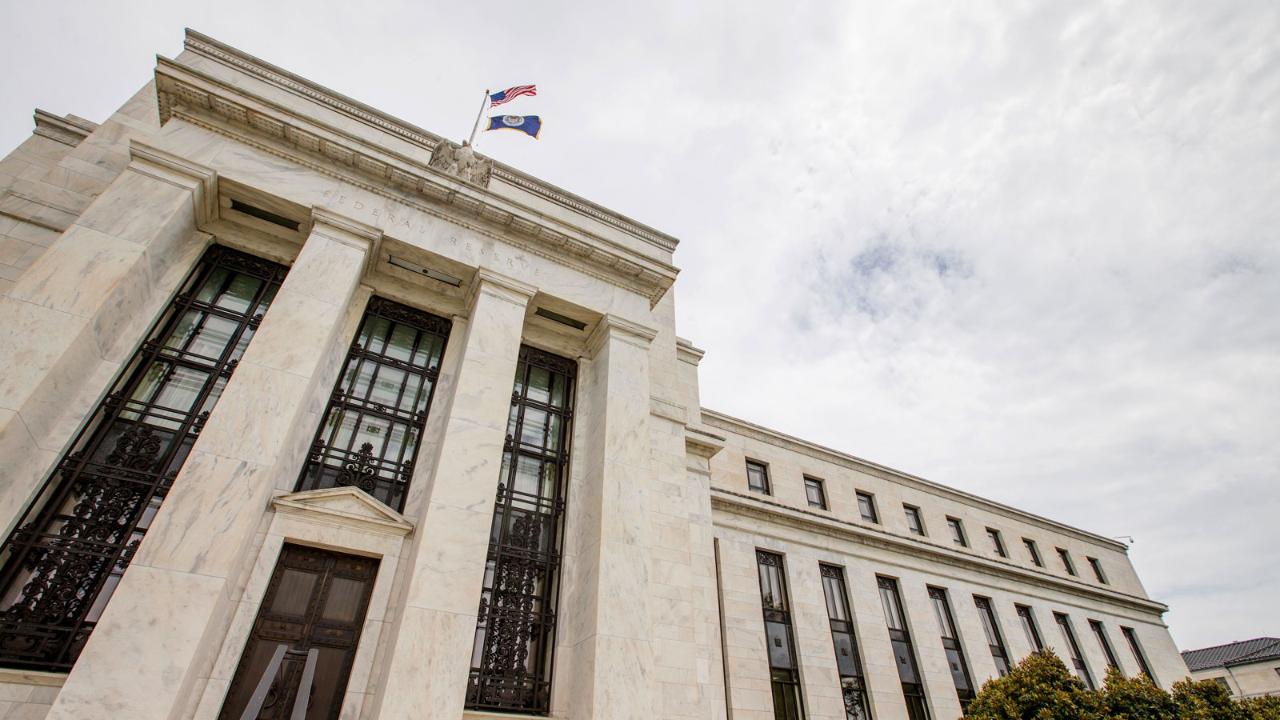Fed minutes reveal uncertainty about future rate hikes
During their January meeting, Federal Reserve officials supported a patient approach to monetary policy, prompted by concerns about the potential effects of geopolitical turmoil on the global economy.
Minutes from the Jan.29-30 meeting of the policy-setting Federal Open Market Committee, released on Wednesday, revealed that committee members voted to maintain the target range for the benchmark federal funds rate at 2.25 percent to 2.5 percent, while continuing to signal a dovish approach to further policy moves in the year ahead -- depending on the outcome of some geopolitical concerns.
Although some participants, according to the minutes, suggested that it was “not yet clear” what adjustments to interest rates will need to be made moving forward, others argued that rate increases “might prove necessary only if inflation outcomes were higher than in their baseline outlook.”
However, policymakers noted that maintaining the current target range for the federal funds rate posed “few risks” at this point.
That sentiment suggests the Fed is atuned to potential economic risks, but also open to the possibility of additional interest rate hikes, according to Greg McBride, the chief financial analyst of Bankrate.com.
"The much ballyhooed term ‘patient’ was used to buy the Fed some time to assess how risks to the economy unfold before deciding on their next move," McBride said. "What wasn’t ballyhooed was the recognition by the Fed that if uncertainty abated, the term ‘patient’ may no longer apply. In other words, if the economy remains in good shape, we haven’t necessarily seen the last of the interest rate hikes."
Fed officials also agreed to plan to end the reduction of bonds on their balance sheet. In 2017, the Fed began to shrink its $4.5 trillion holdings of bonds and other assets, known as its balance sheet, which was expanded during the financial crisis and used to pump banks with money bought as bonds. With an unprecedented amount of holdings, the Fed was able to push down long-interest interest rates.
Although they initially indicated the process could take years -- the balance sheet has since decreased to $4.01 trillion -- the latest discussions suggest the runoff could end much quicker than originally anticipated.
"Almost all participants thought that it would be desirable to announce before too long a plan to stop reducing the Federal Reserve’s asset holdings later this year," the minutes said. "Such an announcement would provide more certainty about the process for completing the normalization of the size of the Federal Reserve’s balance sheet."
The minutes offered a glimpse into the decision-making process from three weeks ago, when policymakers said they voted to keep interest rates unchanged.
At a press conference following the two-day meeting, Fed Chair Jerome Powell said that despite relatively strong economic data, the cumulative effect from the U.S.-China trade war, uncertainties surrounding Brexit and economic fallout from the 35-day partial government shutdown in the U.S. warranted a “patient wait-and-see approach” regarding future rate decisions.
"We still see sustained expansion of economic activity, strong labor conditions and inflation near 2 percent," Powell said at the time. "But the crosscurrents suggest a less favorable outlook.”
CLICK HERE TO GET THE FOX BUSINESS APP
That sentiment has been echoed by several other Fed presidents, who have preached patience in their approach to interest rate hikes.




















